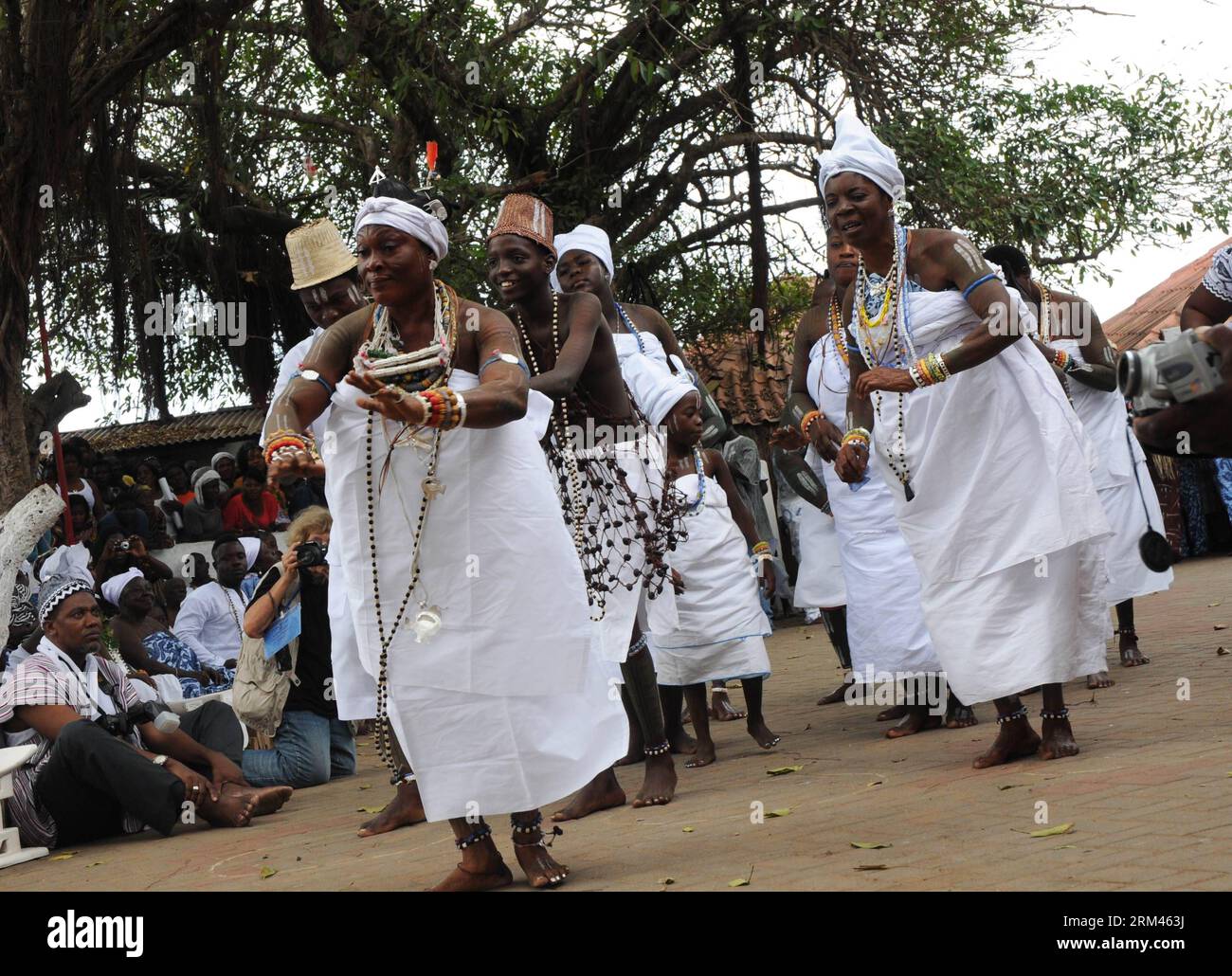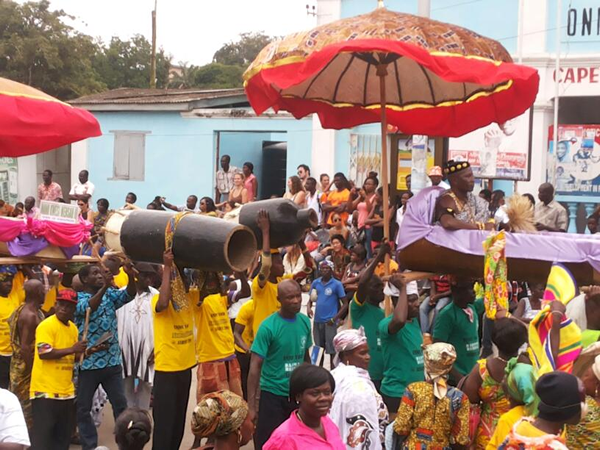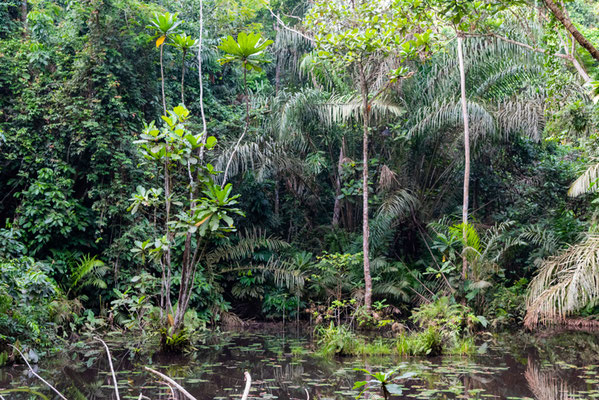Food & Festivals in Ghana
Food in Ghana is not just nourishment; it is deeply woven into cultural celebrations, festivals, and traditions. Across the country, festivals serve as both spiritual rituals and communal feasts, with food at the heart of the experience. Below are four of Ghana’s most iconic food-linked festivals.
Homowo Festival (Ga People – Greater Accra Region)
Origins & Meaning
- “Homowo” literally means “hooting at hunger”.
- The festival commemorates a period of famine that the Ga people once faced during migration. After surviving the famine and later experiencing a bountiful harvest, they celebrated with joy and thanksgiving.
- Today, the Homowo festival is celebrated annually, usually in August/September, marking the Ga traditional calendar.
Rituals & Celebration
- Planting of maize in May begins the ritual cycle, with strict bans on drumming and noise-making to honor ancestors.
- As the harvest ripens, chiefs, priests, and families gather to celebrate.
- The highlight is the sprinkling of Kpokpoi (Kpekple), a sacred cornmeal dish prepared with palm nut soup. This act is both spiritual and communal, as chiefs move through their communities sprinkling Kpokpoi to invoke blessings.
Food Highlight – Kpokpoi (Kpekple)
- Made from steamed cornmeal mixed with palm oil.
- Served with a rich palm nut soup, often including smoked fish or meat.
- Symbolizes victory over famine and thanksgiving for abundance.
Cultural Significance
- Strengthens Ga identity and cultural pride.
- Brings families together to share food, music, and dance.
- Attracts visitors to Accra for cultural tourism.
Aboakyer Festival (Winneba – Central Region)
Origins & Meaning
- Aboakyer means “Deer Hunt”, but in modern times, it is symbolized by the capture of a live goat.
- It is celebrated by the Effutu people of Winneba every May.
- Originally, human sacrifice was offered to the tribal god Penkye Otu for protection. Over time, this shifted to a captured wild deer, and today, goats are used.
Rituals & Celebration
- Two warrior groups, the Tuafo (No.1) and Dentsifo (No.2), compete in capturing a live goat without weapons.
- The first group to present the live animal to the chief priest wins honor.
- The animal is sacrificed to the god Penkye Otu, marking peace, protection, and prosperity for the people.
Food Highlight – Goat-Based Dishes
- Goat meat is the central delicacy of Aboakyer.
- Dishes include:
- Goat light soup with fufu
- Grilled/spiced goat meat
- Goat kebabs (chinchinga) shared across the community.
- Symbolizes thanksgiving and unity.
Cultural Significance
- Reinforces traditional beliefs and warrior pride.
- Promotes unity through competition and feasting.
- Draws thousands of local and international tourists to Winneba.
Odwira Festival (Akan – Eastern & Ashanti Regions)
Origins & Meaning
- Odwira means “purification” or “cleansing”.
- Celebrated by the Akan people, especially in Akropong, Akwapim, and Ashanti areas.
- Held between September and November.
- It is a period of purification, ancestral reverence, and renewal of kingship and community bonds.
Rituals & Celebration
- Begins with purification rites of stools (symbols of chieftaincy).
- Chiefs and elders perform libations to honor ancestors.
- Families gather for thanksgiving, reconciliation, and community bonding.
Food Highlight – Yam Dishes
- Yam is the star of the festival. Popular dishes include:
- Ampesi (boiled yam with stew)
- Yam fufu with soup
- Fried yam with pepper sauce
- Yam symbolizes strength, renewal, and prosperity.
Cultural Significance
- Marks renewal of spiritual and political authority.
- Unites families through feasting and storytelling.
- Showcases Akan heritage through music, drumming, and dance.
New Yam Festival (Ewe & Dagomba – Volta & Northern Regions)
Origins & Meaning
- Celebrated by the Ewe (Volta Region) and Dagomba (Northern Region).
- Marks the beginning of the yam harvest season, typically in August/September.
- A time of thanksgiving to the gods and ancestors for agricultural abundance.
Rituals & Celebration
- The first yam harvest is offered to the gods and chiefs before being shared with the community.
- Chiefs and elders host durbars with dancing, drumming, and cultural displays.
- Symbolizes gratitude, renewal, and community unity.
Food Highlight – New Yam Dishes
- Freshly harvested yam is prepared in different ways:
- Roasted yam with palm oil
- Boiled yam with kontomire or garden egg stew
- Yam fufu with light soup
- Eating the “first yam” together is a sacred communal act.
Cultural Significance
- Strengthens agricultural traditions and values.
- Encourages sharing of harvest and community bonding.
- Attracts cultural tourists who wish to witness authentic rural celebrations.
Related content
Interdum et malesuada fames








